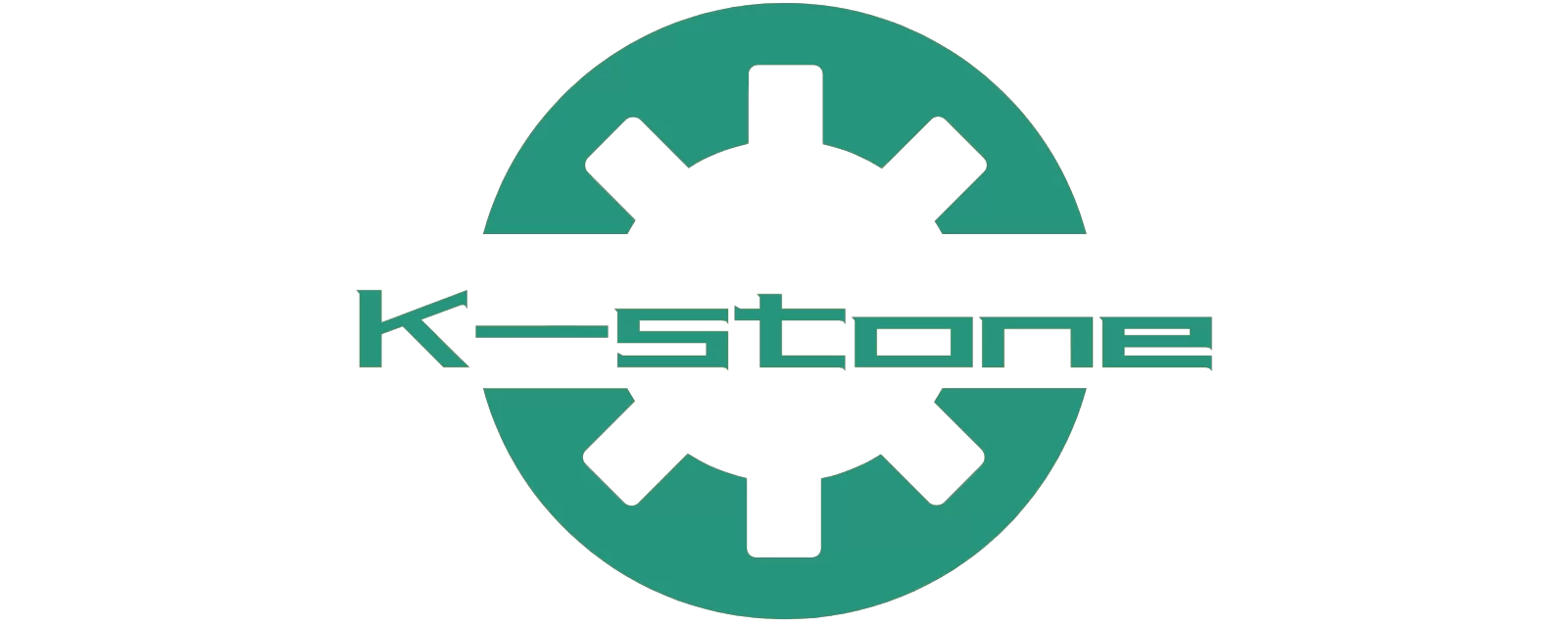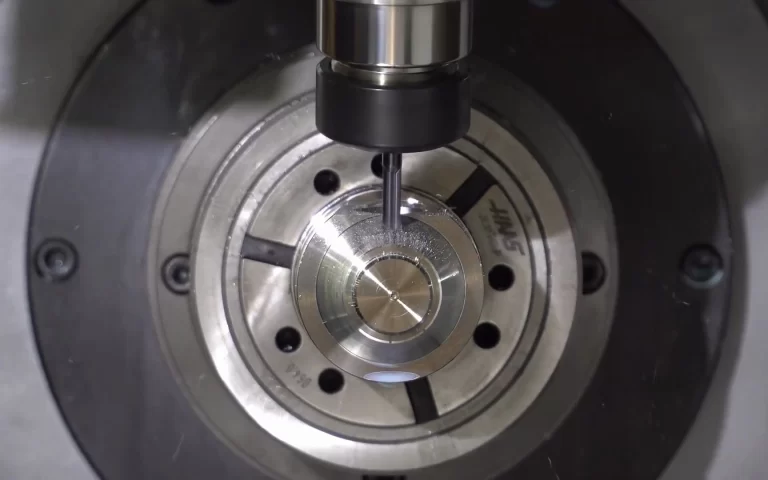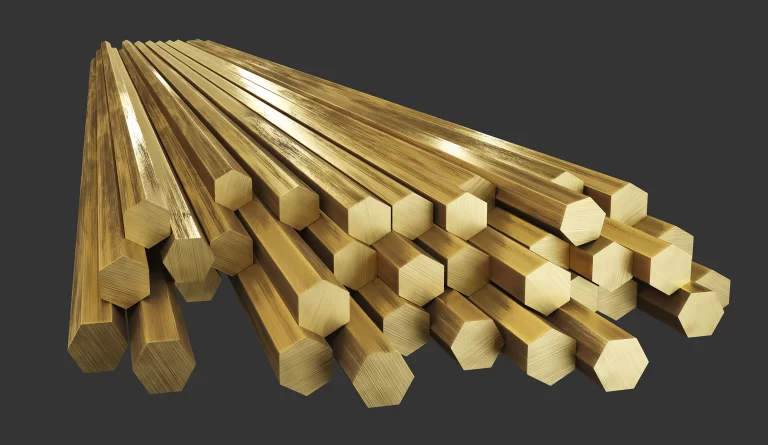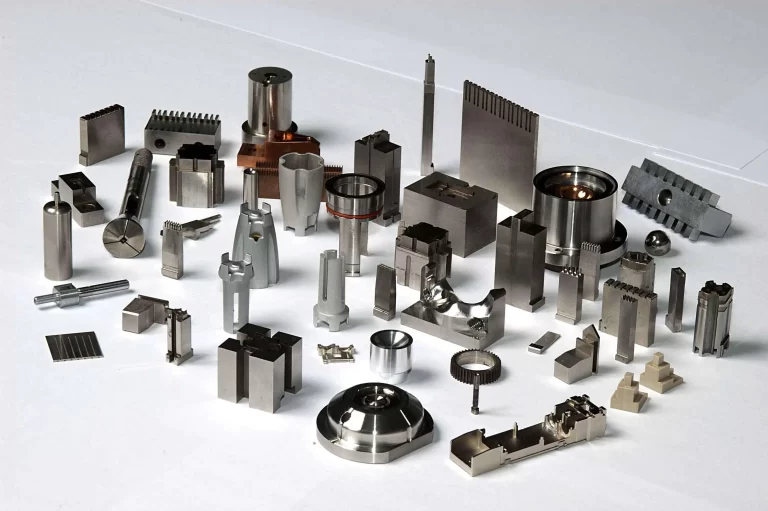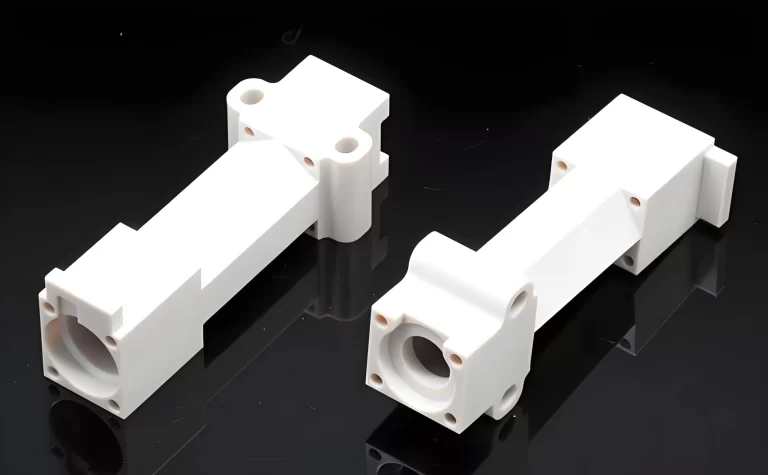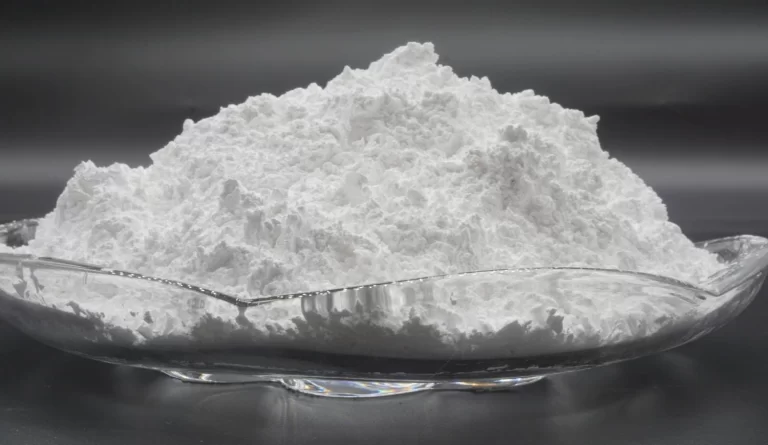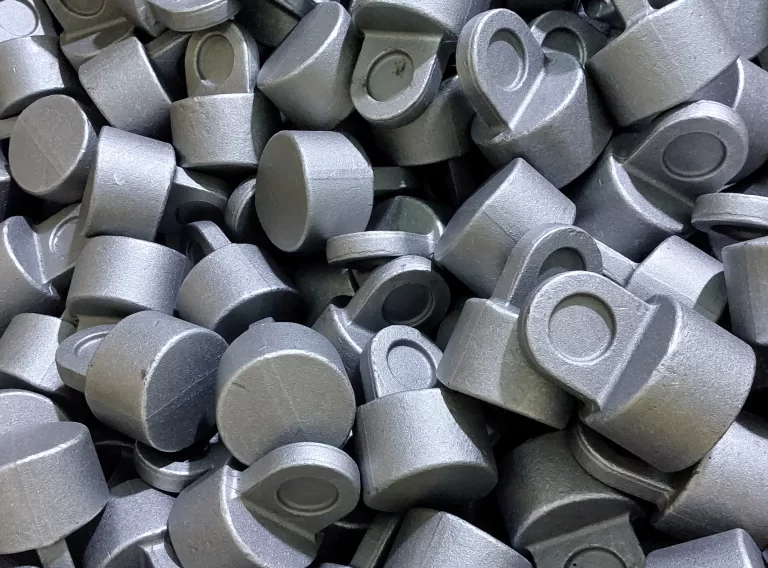Metal powder is an important material in today’s manufacturing industry. It consists of tiny metal particles that can be used in a variety of industries to create innovative products. We’ll take an in-depth look at its types, uses and production methods. Explaining to you why it is so important.
What is Metal Powder?
Metal powders are fine metal particles. These particles come from materials such as iron, aluminum or titanium. Due to its versatility in shaping and molding products, a variety of industries rely on it to manufacture products. From automobiles to medical devices, it drives modern technology.
Types
- Iron: Strong and affordable, iron powder suits automotive parts like gears.
- Aluminum: Lightweight and rust-resistant, aluminum powder works well in aerospace.
- Copper: A great conductor, copper powder powers electronics and wiring.
- Titanium: Tough yet light, titanium powder shines in medical implants.
- Nickel: Heat-resistant, nickel powder excels in turbine blades.
Uses
- Sintered Metal Parts: Manufacturers compress and heat metal powders to form solid parts. This process, known as sintering, creates strong items such as filters. Sintered metals are largely relied upon for their structure.
- Metal Powder Injection Molding (MIM): In MIM, metal powder mixes with a binder. Then, it’s injected into molds and sintered. This method produces tiny, detailed parts like phone components.
- 3D Printing: Metal powder powers additive manufacturing. Machines layer and melt it to quickly create customized designs.
- Coatings: Workers spray metal powder onto surfaces for protection or durability.
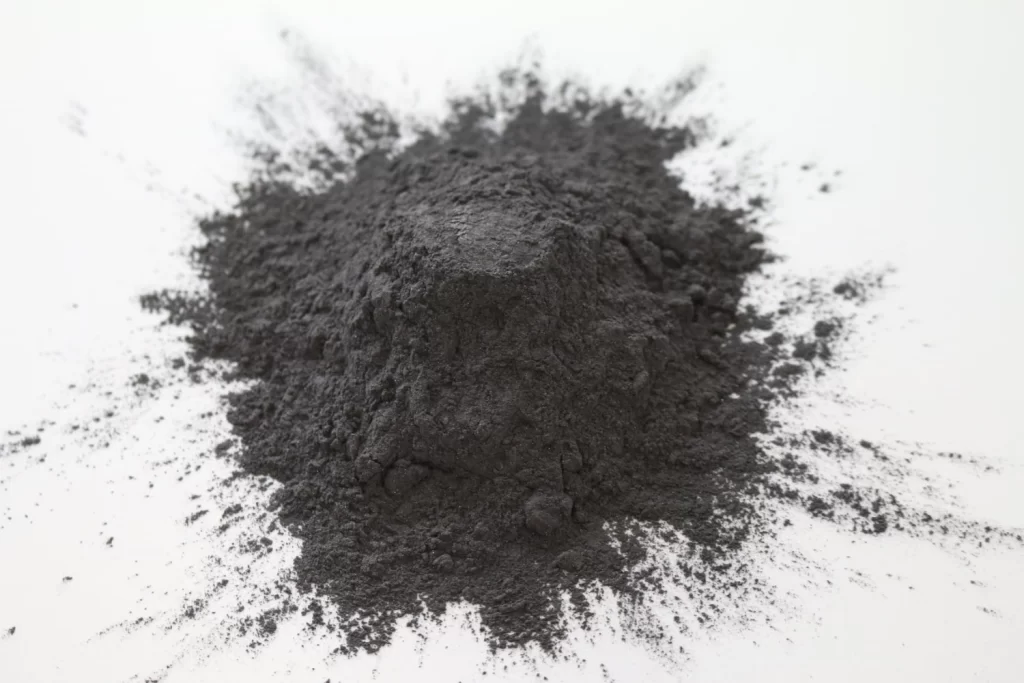
How is Metal Powder Produced?
Metal powder production is a key process in modern manufacturing, enabling a wide range of industries to create everything from 3D printed parts to high-strength alloys. There are several technologies available, each of which molds the powder in a unique way to suit a specific application. Below, we’ll dive into the four main methods: atomization, reduction, electrolysis, and milling. Each method offers unique advantages that ensure it meets different industrial needs.
Atomization ejects molten metal into tiny droplets. These droplets cool rapidly to form a smooth, spherical metal powder. This method provides a consistent, high-quality powder suitable for precision tasks such as 3D printing and MIM.
The reduction method utilizes chemical reactions to convert metal oxides into pure metal powders. This cost-effective method is suitable for large-scale production of metals such as iron, tungsten and molybdenum.
Electrolysis deposits metal ions onto an electrode to form a high purity metal powder. It is suitable for metals such as copper, nickel and silver. The fine, pure powder is good for electronics.
Milling mechanically grinds solid metals into powder. It is best suited for brittle or high melting point metals. This straightforward, low-cost process results in irregular, less precise powders.
- Phone: 0086 – 577 – 8551 1172
- E-mail: [email protected]
We just need a couple of hours!
Send us a message if you have any questions or request a quote. Our experts will give you a reply within 24 hours and help you select the right product you need.
